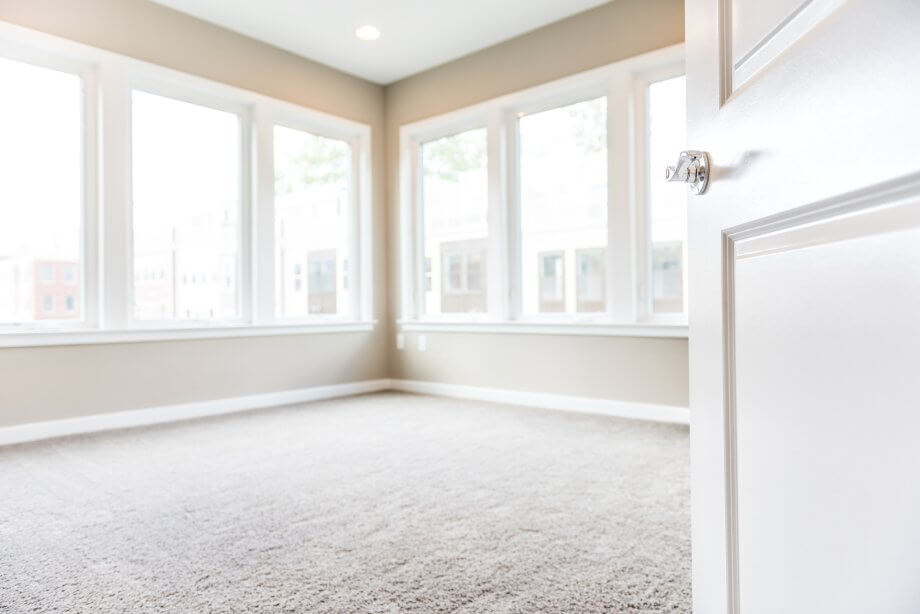Transforming your home starts with selecting the perfect carpet. With countless options in styles, fibers, and colors, choosing the right carpet enhances comfort and elevates your space. This guide explores carpet types, fibers, and design considerations to help homeowners make informed decisions. Ready to find the ideal carpet for your home?
Understanding Carpet Types
Carpets come in two primary types: loop pile and cut pile. Each offers unique benefits, so understanding their differences ensures you pick the best fit for your lifestyle.
Loop Pile Carpets
Loop pile carpets feature yarn strands pulled through the backing twice, forming small loops. Popular styles include Berber, cable, and sisal. These carpets excel in high-traffic areas because their sturdy loops resist wear. For instance, a Berber carpet in your living room withstands heavy foot traffic while maintaining its texture. Consequently, loop pile is a top choice for busy households.
Cut Pile Carpets
Cut pile carpets have loops cut at the top, creating upright yarn tufts. Styles like shag, textured, Saxony, and plush offer a soft, luxurious feel. Cut pile carpets are generally more durable than loop pile, making them ideal for bedrooms or formal spaces. However, they may show footprints in high-traffic zones. Therefore, consider your room’s usage when selecting a cut pile style.
Choosing the Right Carpet Fiber
The fiber you choose impacts your carpet’s durability, cost, and maintenance. From luxurious wool to budget-friendly synthetics, each option has distinct advantages.
Wool: The Premium Choice
Wool carpets define luxury. They boast unmatched durability, a rich appearance, and a soft feel. A wool carpet can last over 30 years with proper care, outshining synthetic alternatives. Although wool costs more initially, its longevity makes it a worthwhile investment. If your budget allows, opt for wool in low-traffic areas like a master bedroom for a touch of elegance.
Synthetic Fibers: Affordable Alternatives
For cost-conscious homeowners, synthetic fibers like nylon, acrylic, olefin, and polyester offer practical solutions. Here’s a breakdown:
- Nylon: Highly durable, nylon resists mildew, staining, and soiling. It suits all traffic levels and costs less than wool.
- Acrylic: Often called “man-made wool,” acrylic mimics wool’s look while resisting moisture and fading. However, it’s less suited for high-traffic areas.
- Olefin: Budget-friendly and colorfast, olefin works well for indoor/outdoor spaces but can crush under heavy use.
- Polyester: Luxurious yet durable, polyester shines in low-traffic rooms but wears faster in busy areas.
Always check the manufacturer’s performance rating for each fiber. This ensures your carpet meets your durability and maintenance needs.
Selecting Carpet Color and Pattern
Color and pattern dramatically affect a room’s ambiance. Light colors create a spacious feel, while dark tones add coziness. Patterns, meanwhile, can make a room appear smaller. Here’s how to choose wisely.
Light-colored carpets, like cream or beige, make small rooms feel larger. However, they show dirt more readily. Thankfully, modern stain and soil treatments minimize this issue. Conversely, dark or muted colors, such as navy or charcoal, absorb light, creating a warm, intimate atmosphere. If you prefer patterns, opt for subtle designs to avoid overwhelming your space.
Moreover, coordinate your carpet with your wall color. Choose a carpet shade darker than your walls for a balanced look. Since carpet samples appear lighter in stores, take samples home to view them in natural and artificial light. This step ensures your chosen color complements your space perfectly.
Final Tips for Choosing Your Carpet
Selecting the right carpet requires balancing style, durability, and budget. Start by assessing your room’s traffic level. High-traffic areas, like hallways, benefit from loop pile or durable nylon carpets. For cozy spaces, cut pile or wool adds luxury. Next, consider maintenance needs. Synthetic fibers like olefin or nylon simplify cleaning, while wool demands more care.
Additionally, request performance ratings from manufacturers to compare durability and stain resistance. Finally, test samples in your home to confirm color and texture under different lighting. By following these steps, you’ll find a carpet that enhances your home’s beauty and functionality.
Ready to upgrade your flooring? What carpet style suits your home best? Share your thoughts or consult a Carpet Cleaning professional to start your project today!
